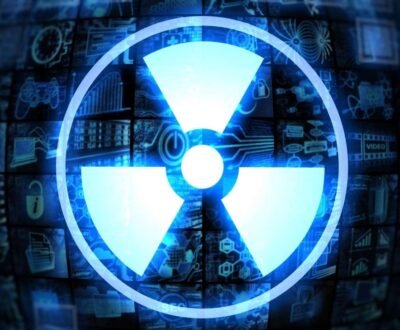For long, MRI has been the glamour module of medical imaging, owing to its noninvasive character and the delicate soft-tissue detailing it gives. MRI is likely to continue its presence in the spotlight in forthcoming years thanks to several recent clinical applications arriving at their final result.

Following is a description of many of the application that show potential, including applications such as whole-body MRI, breast MRI and cardiac MRI
Cardiac MRI
The growth of multi-slice CT drew a lot of attention further from MRI for a noninvasive substitute to cardiac cath for diagnostic applications. However, MRI still has a number of benefits, and may once again be in the spotlight in future, particularly because concerns are rising over the dosage of radiation being given by coronary CT angiography studies.
Dr. Paul Finn says that MRI allows flow quantification to be done better than other modes, echo with Doppler being the main competition. While MRI isn’t as capable as CT in coronary artery imaging, it is capable of doing an excellent task on viability imaging and functional imaging in people who have acquired heart disease.
Doctors at UCLA attend to many patients who have congenital heart disease and most of them have had percutaneous or surgical treatment, which makes their situation even more complex.
Very often in patients who have congenital heart disease, it is more challenging to interpret CT correctly, because the time for scanning becomes complicated. According to Dr. Paul Finn of the University of California, CT provides only one change for cardiac imaging, while MR gives as many chances as required.
Functional MRI
Functional MRI, or fMRI, originated as a tool for brain mapping and has illustrated a lot of its early worth in research studies; for instance, in showing the response of the brain to outside stimulus. fMRI is helpful for researchers who are assessing language and motor skills as it detects the response of a patient’s brain while she or he is performing certain activities.
fMRI has also shown a lot of promise as a clinical tool, presurgical mapping being one of its early applications. For instance, fMRI has potential usage for creating surface-rendered images of the brain via a set of images that is anatomical. This is in particular the perspective that a neurosurgeon will look at while performing a craniotomy.
Breast MRI
MRI is also becoming an increasingly significant adjunct to ultrasound and mammography in the detection of breast cancer. Ultrasound and/or MRI is used by First Hill Diagnostic Imaging in Seattle for grading biopsies and staging its patients. The advantages include lesser time for diagnosis along with the capacity to modify the cancer staging to an individual person. Economic consequences are there as the costs of the treatment shoot up.
While MRI of breasts is becoming popular, its use continues to remain in its formative period, chiefly because the examination is a lot more complex and prolonged than procedures such as a regular MRI head image.
About us and this blog
We are a teleradiology service provider with a focus on helping our customers to repor their radiology studies. This blog brings you information about latest happenings in the medical radiology technology and practices.
Request a free quote
We offer professional teleradiology services that help hospitals and imaging centers to report their radiology cases on time with atmost quality.
Subscribe to our newsletter!
More from our blog
See all postsRecent Posts
- Understanding the Challenges of Teleradiology in India January 19, 2023
- Benefits of Teleradiology for Medical Practices January 16, 2023
- Digital Transformation of Radiology January 2, 2023









